Log in or create new account to save this product to your wishlist.
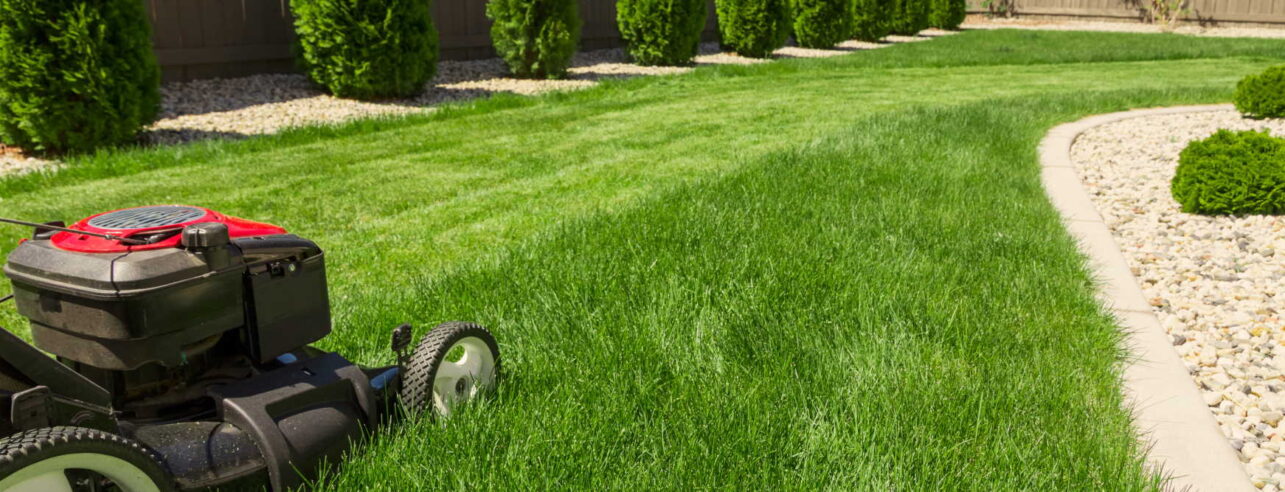
So, how often SHOULD you mow your lawn, exactly?
Mowing the lawn can be a real chore. And if you're one of the haters, you probably leave it until the grass resembles a wildflower meadow before you get the mower out of the shed. But that's not always such a bad thing. There are arguments for and against mowing.
🌱 All important maintenance moments for your lawn during the year. Leave your email and we will send you the lawn calendar for free.
Enter your email
Receive the lawn calendar in the mail
Enjoy a green lawn all year round!

- Order by 2PM = shipped today
- 250.000+ satisfied customers!
- 60 day satisfaction guarantee
If you want to neaten your lawn, you should mow. But too often stresses the plant and too rarely leaves your grass looking a mess. And how short you cut can make a big difference to
the longevity of your lawn.
And there’s a good argument for leaving your lawn to the wild.
So, from sharpening your cutting blades and choosing when in the springtime is best to start mowing to selecting the correct type of grass, this article is going to blow apart the myths!
Ready?
When can I start cutting my lawn?
The short answer is: don’t cut your lawn until March. In fact, Flymo suggests that “First Cut Sunday” is Sunday 28th March in 2021.
The slightly more detailed answer is, it really depends on where you live. If you live all the way up in the Highlands of Scotland, you should add at least two weeks to the advice the sun lovers on the South Coast of England might need to follow.
Your grass remains dormant until the soil temperature has reached 10ºC; it’s unwise to mow until it starts growing again. So, it’s the ambient temperature that’s the vital indicator here.
Look for new growth
Remember: the soil takes longer to warm up than the air. So you might be on short-sleeve order for a couple of weeks before the ground begins to warm.
You could use a soil thermometer if you want to be all scientific about it, or you could just wait for the signs of new growth before you consider mowing your lawn.
New growth indicates that the soil has reached the right temperature. If you can, let the grass grow for a little while before you jump in with the mower.
What happens if I cut my grass too early in the year?
The grass needs to be dry before you mow. So, if you cut too early in the year, the soil will be soggy, and the grass blades are likely to be wet.
Early mowing usually results in compacted grass, and there’s always the risk of damaging the roots.
Ultimately, cutting too early in the year causes patchy growth and dry, dying blades.
And no one wants that.
Should I cut ALL of my lawn?
If you live in a suburban or urban area, you might think about leaving the first cutting of the year a little later or even preserving a section of your lawn to grow wild.
Chris Packham (of BBC’s Spring/Autumn Watch) suggests leaving a corner of your lawn unmowed to provide food for butterflies and insects, as well as shelter for animals such as hedgehogs.
You might want your lawn to be a lovely, neat carpet of green adorning your beautiful garden, but we share our space with a plethora of wildlife. And in built-up areas, our valuable wildlife needs all the help it can get.
Why should we care about insects?
Some of us consider insects a pest – they might bite us or eat our plants and crops. But it’s helpful to consider the bigger picture.
Insects are pollinators, and we need pollinators to contribute to the food chain. If you have a fruit tree or a veg patch, you definitely need pollinators to transform those pretty springtime flowers into fruit.
Without pollinators, the human race wouldn’t survive very long, after all, so we should learn to love our insect friends and live in harmony with them.
And your lawn is their home.
So, leaving a section of your lawn unmown makes a safe home for the insects and animals we rely upon and need to protect.
Have a pre-tidy before mowing
Over the winter, leaves and branches are likely to have landed on your lawn, and – if your grass is long – you might not spot them until they have blunted your lawnmower blades.
Tidying through the grass before mowing gives you an opportunity to remove stones that may have rolled out of flowerbeds and any other debris like old crisp packets and carrier bags that the wind may have carried into your garden.
During this pre-tidy, check for nesting animals who may still be hibernating. Hedgehogs, for example, are often to be found in piles of leaves or grass. If you do find a tiny home, please think about mowing around it.
Prepare your mower
It’s wise to carry out a maintenance check on your mower before you start using it each year; looking out – specifically – for blunt cutting blades.
Cutting your grass is a destructive act for the plant. Sharp cutting blades cut cleanly through the grass blade; blunt blades rip the grass.
A clean-cut heals quickly (and encourages the grass plant to release growth hormone), whereas a rip causes more significant surface area damage. And the larger the wound on the grass blade, the longer it takes for the plant to heal itself.
Wounded grass goes yellow or brown after cutting.
If you find that your grass looks sad and unhealthy after cutting, consider having your cutting blades sharpened.
How short can I cut my grass?
If you enjoy a round of golf, you’ll notice that parts of the course are cut super-short. But, the potential minimum length of your grass depends on the grass species.
Most domestic grass isn’t suitable for super-short cutting. But if you do want a lawn like a bowling green, there is a way. Read on.
The rule of thumb – especially for the first cutting of the year is:
Never cut more than a third of the blade’s length.
The Rule of Thirds
As you mow throughout the year, you can gradually go shorter, but avoid “scalping” your lawn as it can lead to weed infestations and disease.
And those will cause the grass plants to die.
So, never cut more than a third of the blades’ existing length – even if you’ve
left it till the grass is knee height!
Don’t cut your grass too short
Each blade of grass is a leaf – and one of the principal purposes of leaves is to help the plant photosynthesise and create food for the plant from the sun.
So, if you cut the grass too short, there’s less leaf surface to photosynthesise, and – ultimately – your plant effectively starves and dies.
Tempting as it might be, don’t cut it too short.
But I want super-short grass!
OK!
We hear you.
Most domestic grass isn’t biologically built for really short mowing. The lower the blade, the more likely you are to damage the crown of the plant, making it vulnerable to disease and drought.
But, if you want neatly clipped, manicured grass like you might see on the golf course, you need to choose the correct type of ornamental grass seed.
Premium Lawn Grass Seed
Luckily, one of MOOWY’s founders, Louis Hooft, learnt his expertise at the Golf Academy in the United States, and he discovered the secrets of golf-course-standard lawns. And he used that learned expertise into our Premium Lawn Seed mix.
Our Premium Lawn Grass Seed contains a high percentage of red fescue for thickness, along with perennial ryegrass and Kentucky Bluegrass for structure and strength. This particular seed mix is tolerant of short mowing and – most importantly – thrives in the unpredictable UK climate.
The outstanding ornamental qualities of Premium Lawn Grass Seed produces a beautiful, slow-growing lawn that looks great when cut short.
Which brings us to the central question at hand:
How often should I mow my lawn, exactly?
Mowing neatens your lawn, but – more significantly – it encourages healthy growth.
Wait until the grass is dry, as wet grass is more likely to tear, regardless of the sharpness of your cutting blade. And make your first cut at the end of March, moving into April.
Make sure that the cutting blades are at their highest setting for the first cutting of the year, and then – over the coming weeks – you can progressively move the blades lower each time; ensuring that you adhere to the Rule of Thirds.
Your grass will grow more rapidly in the summer and slow down again in the autumn. The Royal Horticultural Society recommends that you mow twice a week in summer but should minimise that to once a week during drought periods. During the spring and autumn, you can cut once a week unless growth remains particularly vigorous.
There’s usually no need to mow at all during the winter as the temperature falls below 10ºC.
If, however, we’re having an unusually mild winter and the grass continues growing, you can mow occasionally, with the blades at their highest setting.
Avoid cutting if the grass or the ground is wet, soft, or frozen.
You might find that shady areas of your lawn grow more slowly than areas in full sun, so you may need to mow those sections less frequently.
Ask MOOWY!
We love to be helpful at MOOWY, so if you have any questions that we haven’t covered in this article, please don’t hesitate to email us at hello@moowy.co.uk. We’ll get back to you in no time!
Thanks for reading. And happy mowing!
-
Zero-Waste Gardening – This is How You Do It!Did you know that the average person wastes between 100 and 150 kilos of food every year? That's why the concept of zero-waste gardening is becoming increasingly important for environmentally conscious gardeners that like to do their gardening greener.Read more
-
How to Master Tree Pollarding: A Practical GuidePretty dense! What might be an insult to some, is certainly a compliment to trees. Through pollarding, you can make sure, your trees have a dense crown of beautiful leaves.Read more
-
Get Ready: Here are 5 Garden Trends for 2025Curious about the latest garden trends for 2025? From smart solutions to sustainable choices, discover all the outdoor trends that are transforming British gardens!Read more
-
How to Care for Plants in Winter: A Simple GuideWhen winter comes around, the care requirements of your plants change. Find out, how to adjust the care routine for your plants.Read more
-
Companion Planting Made Easy: A Step-by-Step TutorialStrategic plant partnerships can solve common gardening problems like pest invasion and disappointing yields. Find out which plants are great together in our companion planting guide.Read more
-
How to Grow Sweet Potatoes in Your GardenWant to know something splendid? A single sweet potato plant can produce 5 to 10 pounds (4.54 kg) of nutritious tubers—plenty to keep your family’s pantry well-stocked for weeks!Read more
-
Revive Your Lawn After Winter With These Easy StepsTired of winter lawn damage? Discover how to repair brown spots, remove weeds, and revitalise your grass for a thriving garden this spring.Read more
-
A Complete Guide On Lighting for Your House PlantsAchieve perfect lighting for houseplants! This guide covers light mapping, plant placement, and grow light tips to help your plants flourish indoors.Read more
Leave a comment
Your answer will be displayed on the site and the interested party will be notified by email.
Leave a comment
Have a question or want to share your experience? Leave us a comment.

- Order by 2PM = shipped today
- 250.000+ satisfied customers!
- 60 day satisfaction guarantee

- Order by 2PM = shipped today
- 250.000+ satisfied customers!
- 60 day satisfaction guarantee

- Order by 2PM = shipped today
- 250.000+ satisfied customers!
- 60 day satisfaction guarantee

🌱 All important maintenance moments for your lawn during the year. Leave your email and we will send you the lawn calendar for free.
Enter your email
Receive the lawn calendar in the mail
Enjoy a green lawn all year round!



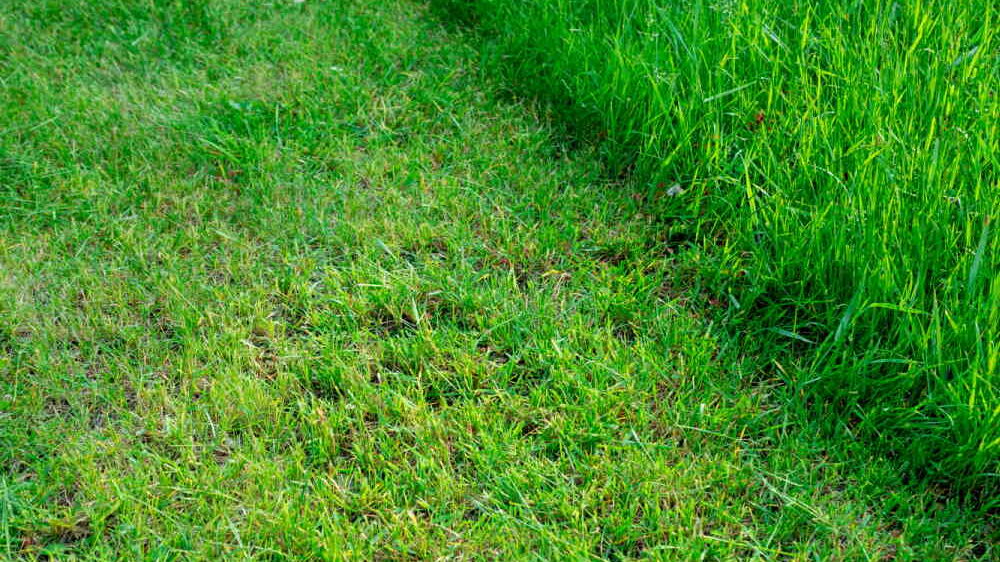
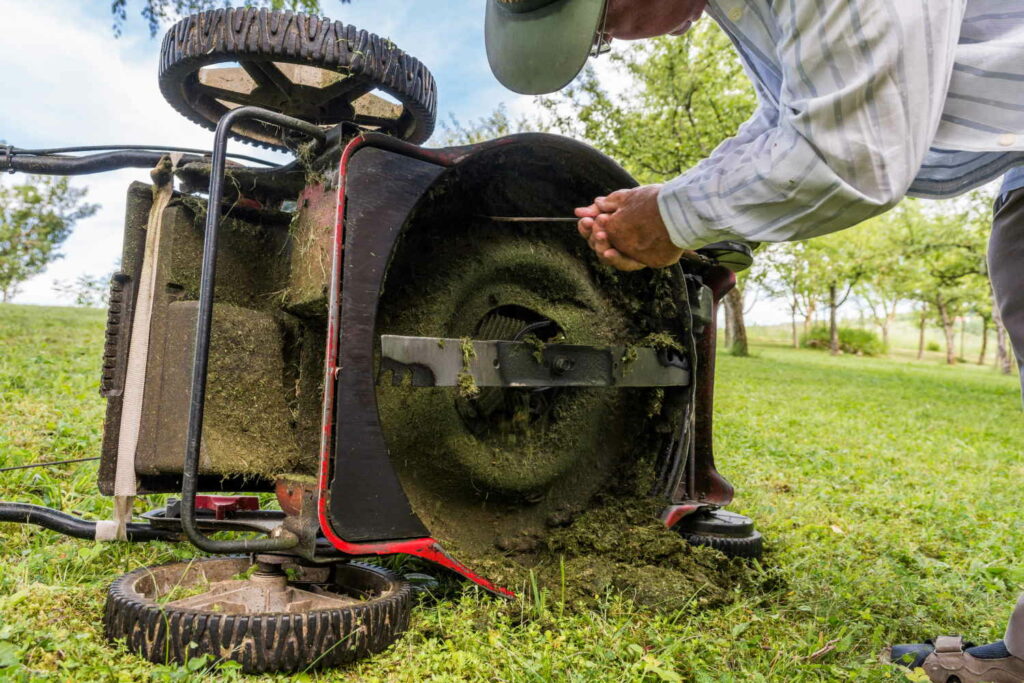
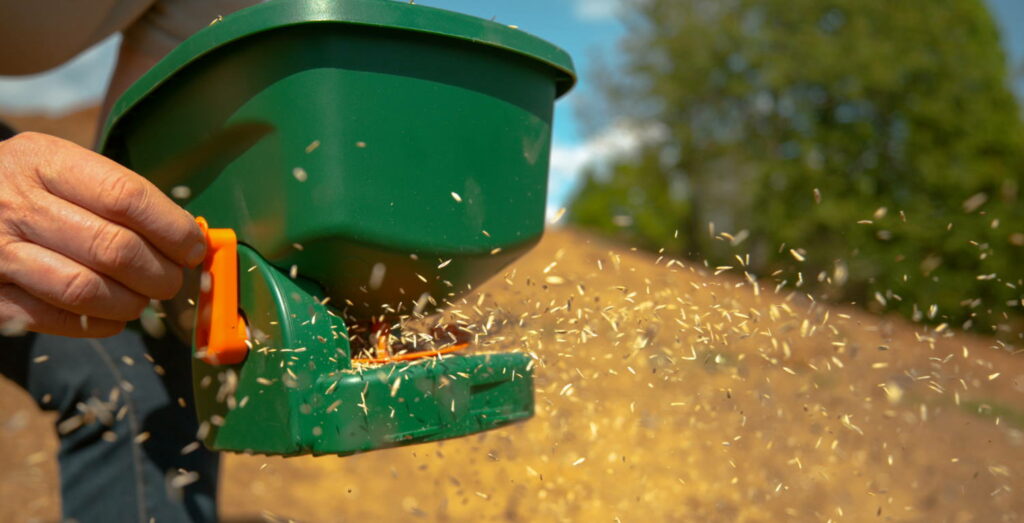








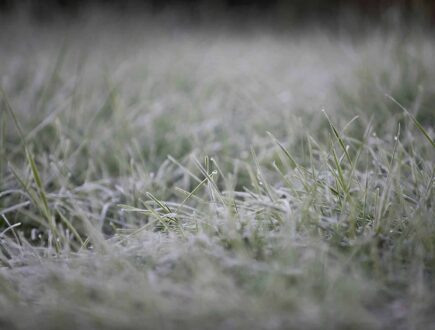









Comments (0)
There are no comments yet. Well then, what are you waiting for to
Be the first to write your comment!inaugurate this pretty page?
Do you have some comments?